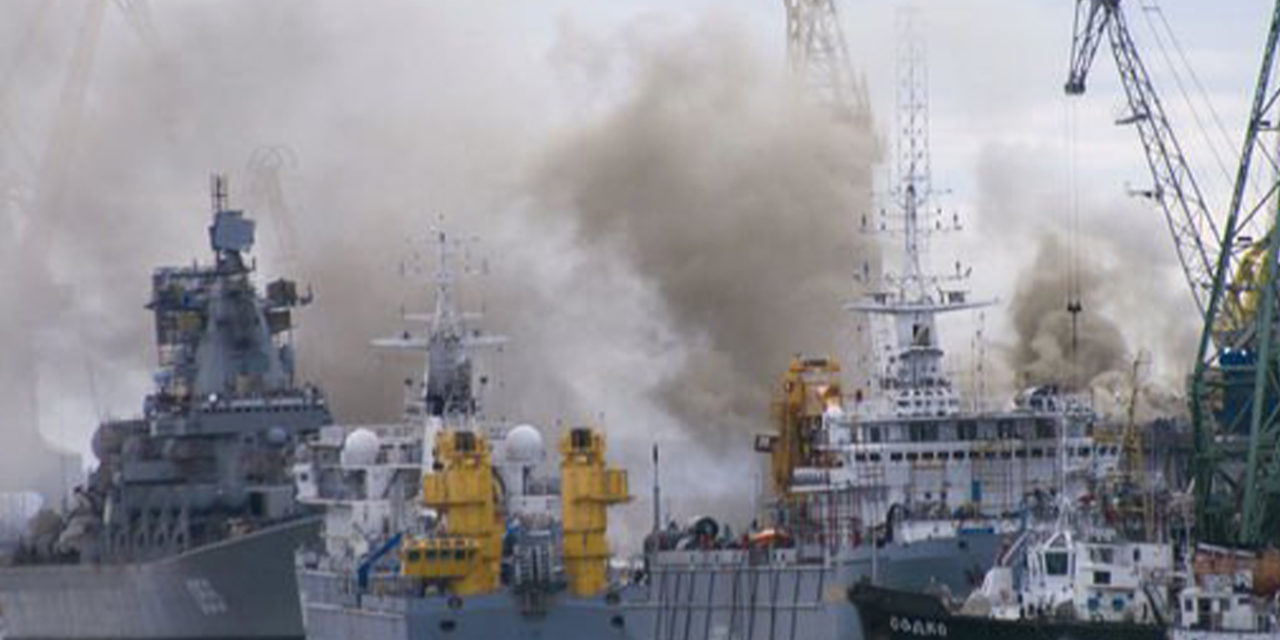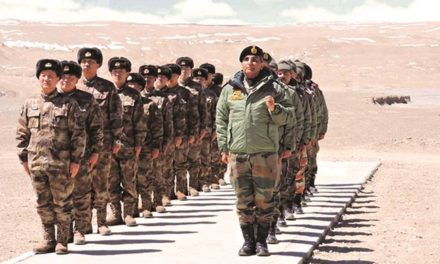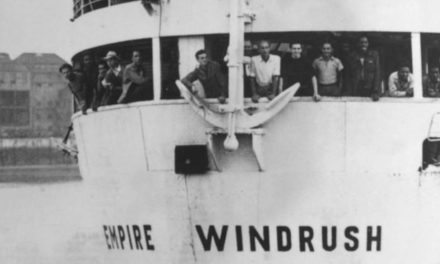An explosion at a military test site on the White Sea in Russia’s Arctic that killed five elite scientists and resulted in a serious spike in radiation levels in the area may have come from a failed test of a nuclear-powered cruise missile prototype.
The Russian authorities have as usual been tight-lipped about what actually happened, leading to speculation that this was another Chernobyl. But unlike in the aftermath of Chernobyl, the world is not what it was in 1986, and even though the Russians may be seeking to downplay what happened, there is a fair amount that we do know.
It was reported Tuesday that residents of the village closest to the test site, Nyonoska, have been ordered to evacuate on the 14th August, according to the Interfax news agency.
Immediately after the blast on August 8th, a radiation spike was reported in the nearby naval port city of Severodvinsk, according to a statement on the website of the local administration, which was later removed.
The Russian Defence Ministry initially reported that just two people had died in the accident, but this was later increased to five. They also claimed that the two were killed during the testing of a liquid fuel missile engine with no mention of any nuclear element.
As rumours swirled around towns and villages surrounding the test site, locals rushed to buy iodine, which is believed to help prevent the thyroid gland from absorbing radiation. Many of the pharmacies in the area have now run out of stocks completely, Russian media report.
However, on Friday 9th August Rosatom, Russia’s nuclear energy agency, released a statement saying that the spike in radiation levels in the region around Severodvinsk had been because of an accident during the test of an “isotope power source for a liquid-fuelled rocket engine.”
They also released a statement saying that five of its employees had been killed in the accident and a further three were being treated for burns. It may be that those initially injured in the blast later died as initial reports from the defence ministry had said that six people had been injured in the blast.
On Monday an official day of mourning was declared in the closed Russian city of Sarov. Sarov is home to much of Russia’s nuclear weapons design and manufacturing process. It’s closed to foreigners and is accessible even to Russians only by a special permit. The only people who live there are scientists and military personnel and their families.
The fact that the men who were killed lived and worked in Sarov and worked for Rosatom points to only one realistic possibility. The dead scientists were killed during the testing of a nuclear-powered ballistic missile.
All Evidence Points to Failed Skyfall Test
The missile is what NATO calls Skyfall and in Russia is called the Burevestnik. Last year Putin boasted of a new weapon that would render US missile defences obsolete. “As the range is unlimited, the missile can manoeuvre for as long as necessary,” he said.
Indeed, satellite evidence also shows that the Serebryanka, a nuclear fuel carrier, a ship known to belong to Rosatom, was near the missile testing site just before the explosion. A US official told CNN that virtually all the evidence pointed to the testing of a nuclear-powered cruise missile. The Serebryanka was also used to recover a nuclear propulsion unit from another failed test of Skyfall last summer off the Novaya Zemlya archipelago of islands in the Arctic Ocean.
It is unknown whether the release of radioactivity in the area around the test site presents a lasting hazard to health, but according to the local website 29.ru, officials have shut down Dvina Bay in the White Sea for swimming for a month.
Although the world is much more connected than it was in 1986 when Chernobyl exploded, this doesn’t necessarily mean that int his case we learn what really happened.
Chernobyl was a civilian nuclear power station and therefore, even during the USSR, most of the scientists involved were at the end of the day more likely to tell the truth if that was in the public interest. This accident involves top-secret military weapons and military personnel is much more likely to keep it in house, especially in matters of national security, no matter how serious the effects might be to the health of the general public.
Main Picture From Getty, East to West News
- Why is California So at Risk from Wildfires? - 13th November 2019
- Carbon Offsetting is Growing but Does it Make a Difference? - 11th November 2019
- Three Confirmed Dead as Australia Prepares for “Catastrophic” Bushfires - 11th November 2019






